A graduate student worked out the principles of using a planet’s mass to accelerate and adjust the voyage of spacecraft traversing our solar system; without it, the voyages of interplanetary probes would be impractically long.
Part 1 of this FAQ scoped out the basic problem of completing interplanetary missions within a manageable time, and how one graduate student came up with an insightful solution to using planetary gravitational attraction to assist (slingshot) interplanetary probes. This greatly increased their velocity and also provide course adjustments. Part 2 looks at some applications in more detail.
Q: When was the theory actually used for a space mission?
A: It was done fairly quickly. Minovitch’s results were immediately recognized as significant by specialists on celestial mechanics at JPL. It provided the solution to the long-standing problem of sending space vehicles to explore our solar system (and beyond, it turned out) without active rocket propulsion and a continuous need for fuel during the journey (fuel is used only for minor or modest course corrections). In short: his work showed the way to achieve gravity-propelled space flight, which is truly like getting “something for nothing.” The results were soon applied to interplanetary missions, and all mission have used this slingshot effect.
Q: What are some examples?
A: The first mission was the Mariner 10, launched by NASA in November 1973 to fly past Mercury and Venus. Much more recently, the NASA InSight Lander (launched May 5, 2018) soft-landed on the Martian Surface on November 26, 2018, after a journey of almost seven-months and about 300 million miles (485 million kilometers).
Q: Mercury, Venus, and Mars are relatively close to Earth; what about longer-range missions?
A: The longest-range use of gravity assist was for travels of incredible distance. It was used for the solar-system so-called “Grand Tour,” which exploited an upcoming alignment of Jupiter, Saturn, Uranus, Neptune, and Pluto which would occur in the late 1970s and then not recur for 175 years. For this tour, Voyager 2 was launched in August 1977, flew by Jupiter, and received a trajectory boost flying past Saturn; the identical Voyager 1 launched the following month with similar assists, Figure 1. Not only did the two Voyager spacecraft exceed their original goals, but they are still traveling and even sending back data nearly 40 years later, having passed beyond the boundary of our solar system and entered interstellar space (Figure 2, References 5 and 6).
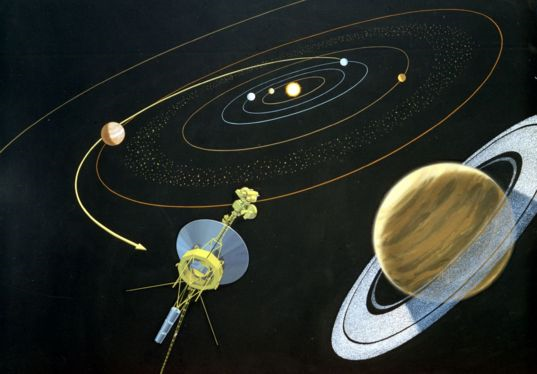
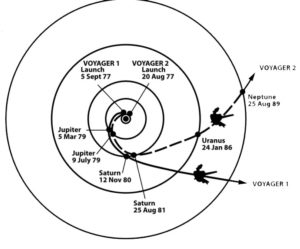
Q: Is gravity assist a brute-force, an unguided effect that simply gives a boost in the right general direction?
A: Not at all. The gravity slingshot is not an approximate, coarse speed changer. Instead, it can be calculated to allow for a carefully executed maneuver which changes the vehicle’s momentum with great precision, thus minimizes the need for mid-course corrections which use precious fuel. It is also used to decelerate a spacecraft and change its trajectory, to prepare it for orbit or landing around a body.
Q: Any examples?
A: Once the Voyager spacecraft completed their extended mission, they have been allowed to “sail” freely beyond our solar system without further adjustments (nor were any possible – there are no nearby large objects to use). But gravity assist has been used for long-distance “precision” missions, as well. In October 2014, after a journey of ten years and four billion miles (6.4 billion km), Europe’s Rosetta Space Probe reached its goal of intercepting and then orbiting Comet 67P/Churyumov-Gerasimenko, followed by a November 12, 2014 landing of the Rosetta’s Philae probe on the comet’s surface. Rosetta received gravitational “kicks” from close fly-bys of Mars (2007) and Earth (2005, 2007 and 2009), and also used it for braking deceleration.
Q: I’m still puzzled by this “something for nothing” aspect – that just doesn’t sound possible, given the laws of physics. Is it really that way?
A: Yes and no. By the laws of physics, the large body “pulls” on the spacecraft, changing its velocity and momentum. At the same time, the spacecraft pulls on the larger body, also changing its velocity and momentum. Since momentum is conserved by basic physic), the change in momentum (mass × velocity) for both is the same. However, since the larger body is so much more massive than any spacecraft weighing perhaps a few hundred kilograms (at most), the actual effect on that larger body is truly imperceptible. That’s the “nothing” part of the “something for nothing” statement. Perhaps that phrase should be modified to say it provides “something for nothing that actually matters.”
Q: I’m always skeptical of these “he/she discovered such-and-such” stories; they seem to be prime candidates for myths and anecdotal hearsay evidence. Is that the case here?
A: Not at all. Not only is Minovitch’s paper available, but there are credible, documented interviews with people at JPL who were there and recall his work and presentation, as well as how it was soon put into practice as the solution to a long-standing and frustrating problem in orbital mechanics.
Q: But isn’t this work just a very smart extrapolation of known physics, math, and interplanetary analysis?
A: It depends on your perspective. Isaac Newton, who provided us with the basic laws of motion and gravity, and also developed integral calculus, wrote (in Latin) “if I have seen further than others, it is by standing upon the shoulders of giants.” In that’s sense, every effort of this sort builds on the work of others, of course (Reference 7).
But his work was not just a modest extrapolation to the “next step” in astrodynamics. It also shows how one person can see beyond sophisticated and complex extensions of existing knowledge to envision a radically new solution to an apparently unsolvable problem.
References
- “Gravity assist,” The Planetary Society, https://www.planetary.org/blogs/guest-blogs/2013/20130926-gravity-assist.html
- “A Gravity Assist Primer,” Jet Propulsion Laboratory, https://www2.jpl.nasa.gov/basics/grav/primer.php
- “How Did Minovitch Discover (Create) His New Theory Of Space Travel?,” https://www.gravityassist.com/#_Toc127789952
- Michael Minovitch, “A method for determining interplanetary free-fall reconnaissance trajectories,” Jet Propulsion Laboratory Technical Memo TM-312-130, gravityassist.com/IAF1/Ref.%201-73.pdf, August 1961
- “Voyager: The Interstellar Mission, Mission Overview,” https://voyager.jpl.nasa.gov/mission/index.html
- “Voyager: seeking newer worlds in the third great age of discovery,” Stephen J. Pyne
- “An Introduction to the Mathematics and Methods of Astrodynamics,” Richard H. Battin, American Institute of Aeronautics and Astronautics.


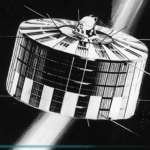
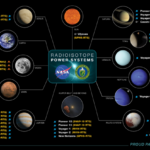
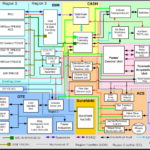

I liked the 2 articles describing gravity assist. But they are mainly descriptive, historical and they don’t mention the principles behind this technique. Without going into any details, it looks to me that in order for this to work the spaceship approach speed has to be broadly against the planet speed while the departing speed will have to be broadly in the same direction as the planet’s speed. Fortunately most planets have a huge mass and a significant orbiting speed.